Five reasons Toys R Us failed
- Published
- comments
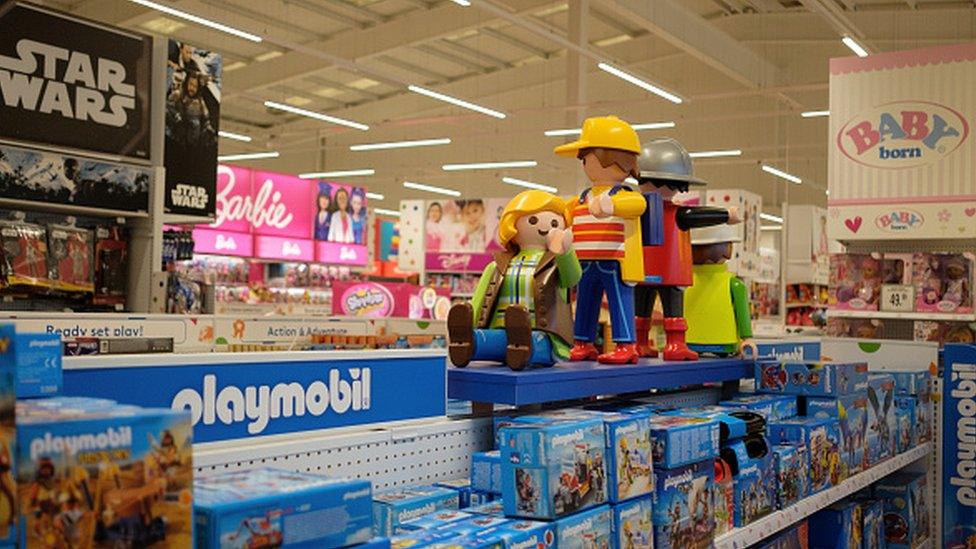
"It's a magical place. We're on our way there."
The old Toys R Us jingle has worn thin. Now it's on its way out.
The retailer's UK arm has gone into administration, putting thousands of jobs at risk.
It isn't that we have stopped indulging our children's demands. Argos and The Entertainer are still successfully separating children from their pocket money. Disney and Lego are still going strong.
So what went wrong at Toys R Us?
1. Out-of-town
In 1950s America, when retail was taking off as a leisure activity and baby-boomers were in pushchairs and short trousers, the time was right for a huge, Aladdin's cave of toys, that could overwhelm children with a wealth of choice.
In the 1990s, the model still worked for UK shoppers keen to pick up the latest Furby, Power Ranger or Tamagotchi.
At the time, cheaper out-of-town real estate with purpose-built free parking, plus places to eat, offered an easy weekend day out.
"It was ceiling-to-floor toys. It was a destination," says retail analyst Kate Hardcastle from Insight With Passion.
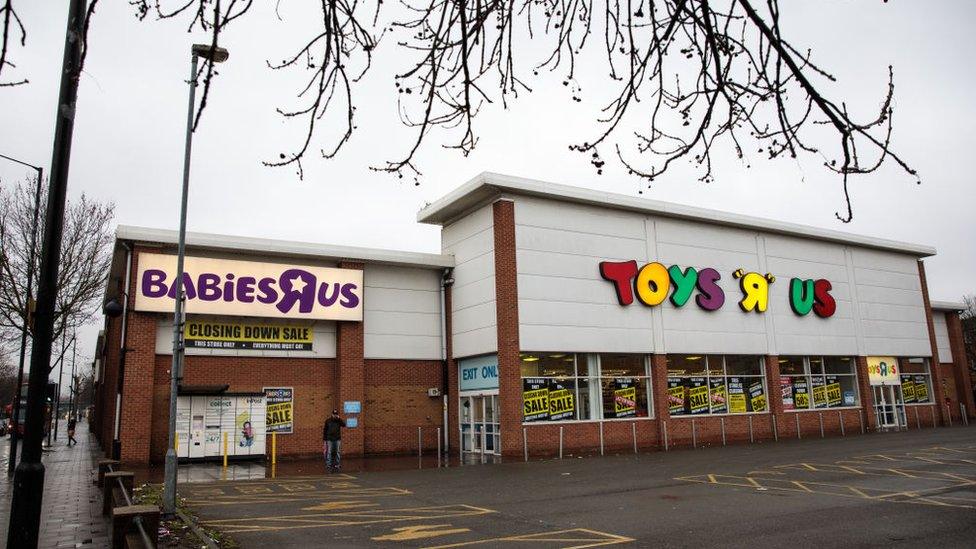
No longer enough for a fun day out
But these days, out-of-town can mean out-of-sight compared with rival outlets.
We're more likely to pick up a fidget-spinner or some loom-bands on the way to the supermarket till or be lured into a High Street shop as we stroll past by the sight of someone demonstrating a remote-controlled helicopter.
2. New kids on the block
"Kids are changing," says Kate Hardcastle.
"An eight-year-old now, they can download an app in 30 seconds to distort their face and make them look like Spiderman. Retail almost can't keep up."
Birthday presents are now tech-related, such as virtual reality headsets, drones or go-pro cameras, she says.
"That wasn't something Toys R Us was able to get into very successfully," she says.
"They did it in a generic way... it was just another aisle."
And like the rest of us, children are seeking experiences rather than possessions. So a trip to a toy store is competing with trampolining parks, laser tag and go-karting.
But the digital ecosystem can be an opportunity as well as a challenge, says another retail analyst, Steve Dresser.
"For my four-year-old, YouTube is the first port of call. And there's a lot going on around there."
It isn't hard, he says, for retailers to spot fashions - like the current trend for making slime - and capitalise on that, he suggests. The Irish chain Smyths has done so.
But Toys R Us failed there too.
3. Priced out
When it comes to toys, brand loyalty is to the manufacturer. You want to buy a box of Playmobil, a Barbie doll or a Scalextric set - it doesn't matter who you buy from.
That makes the market on and offline fiercely price-competitive.
Hamleys, Woolworths and Hawkins Bazaar all suffered from the onslaught of internet shopping, plus the discounters and supermarkets before them, but Toys R Us didn't learn from their example.
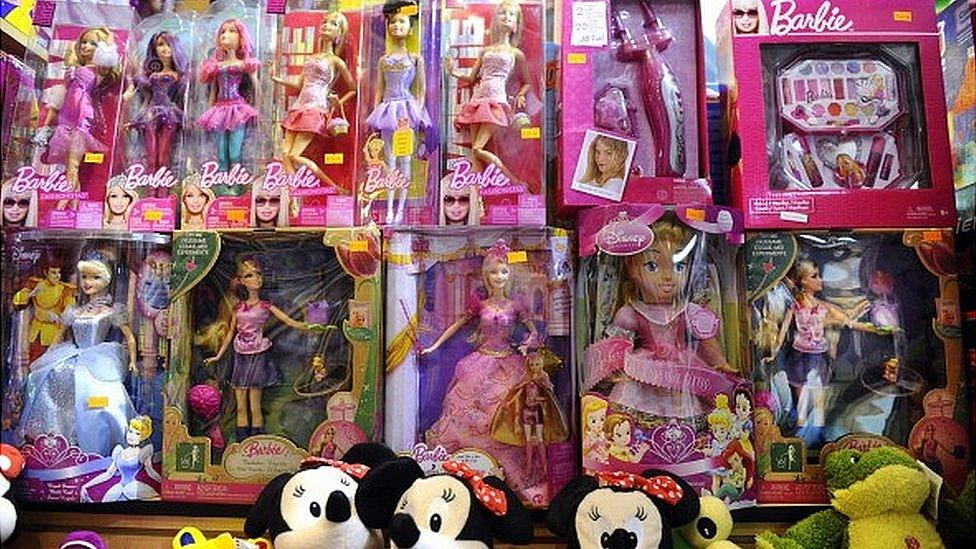
Barbie is Barbie is Barbie, wherever you buy it.
"They had price promise," says Kate Hardcastle. "John Lewis does well because of its Never Knowingly Undersold promise. I don't think anyone knew Toys R Us had one.
"Even in clearance now, trying to turn things around, they've been undercut by discounters and big brands like WH Smiths and The Entertainer."
4. Lack of drama
"For a magical place, it's not very magical," says Ms Hardcastle. If you can't compete on price, you can at least compete on theatre, she says.
"If I walk into the Lego store in Meadowhall in Sheffield, the first thing I look for is not the products piled up, but the huge benches of Lego to play with.
"And the team members are there waiting to build with me. That's very exciting for a child."
In comparison, she says, a trip to Toys R Us was mundane and lacking in inspiration.
Retail analyst Nick Bubb agrees: "The main problem is simply that the stores are too big and unwelcoming," he says.
"They have tried a few smaller, mall stores, without much success, perhaps because the store format was too boring."
5. Lack of imagination
But in the end, they just needed to do something, anything to update what they were offering.
Geoffrey the giraffe - the 1990s cartoon character on the company's logo - should have gone long ago, says Ms Hardcastle. They should have put children's experiences front and centre.
"It didn't feel like a kids' place," she says.
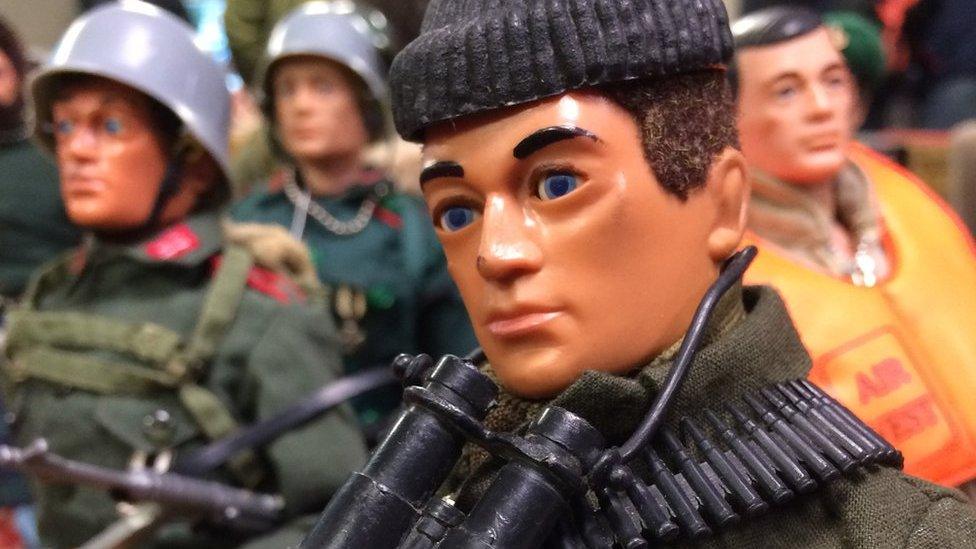
Toys R Us should have taken action earlier
Even if they didn't want to give over their stores to the kinds of hands-on experience that you get in Hamleys or a Lego store, they should have done more to keep customers happy, been less functional, more on-trend, agrees Mr Dresser. They just needed some buzz.
"The general feel isn't one of fun, it's one of tiredness," he says.
"I stumbled on one in York - it was quite sad. The first sign you see is that they reserve the right to check your bags as you leave. That's a horrendous message in a toy shop. As a customer, you don't really feel valued.
"That shouldn't be what a toy shop is. It should be a place of joy."
Toys R Us' demise was not inevitable, he argues. They just weren't dynamic enough.
"They signed their own death warrant."
- Published28 February 2018
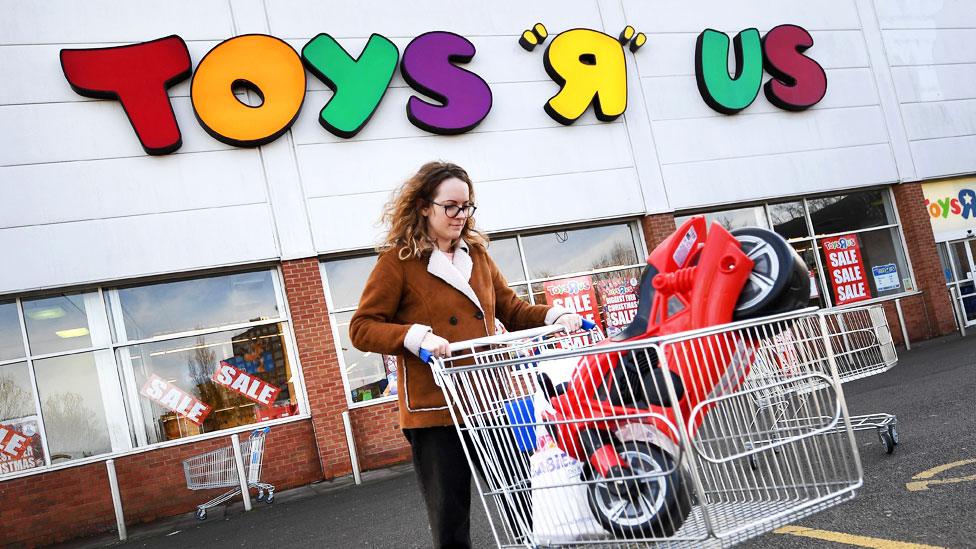
- Published19 December 2017
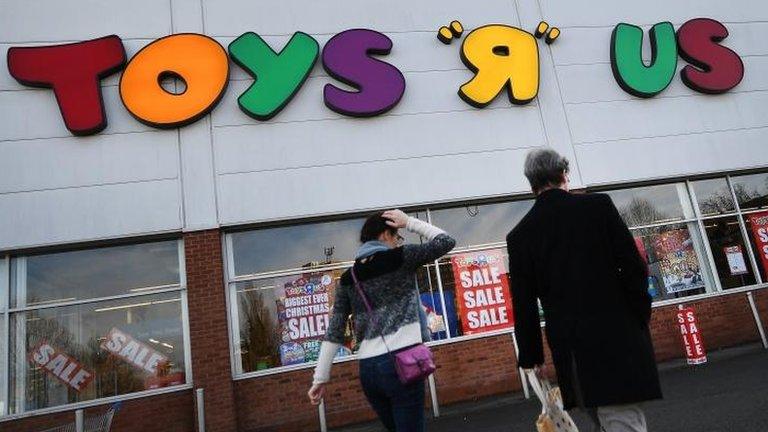
- Published8 November 2017
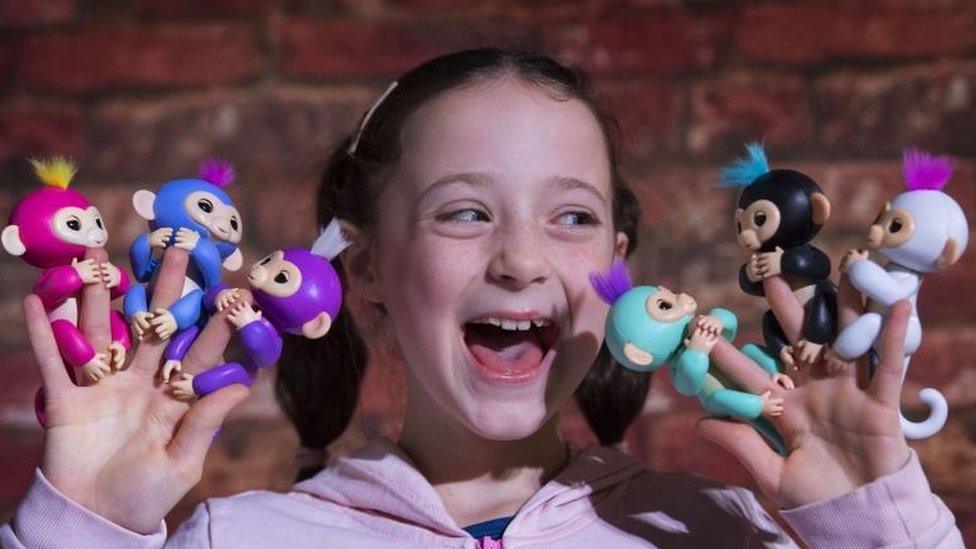
- Published27 August 2017
